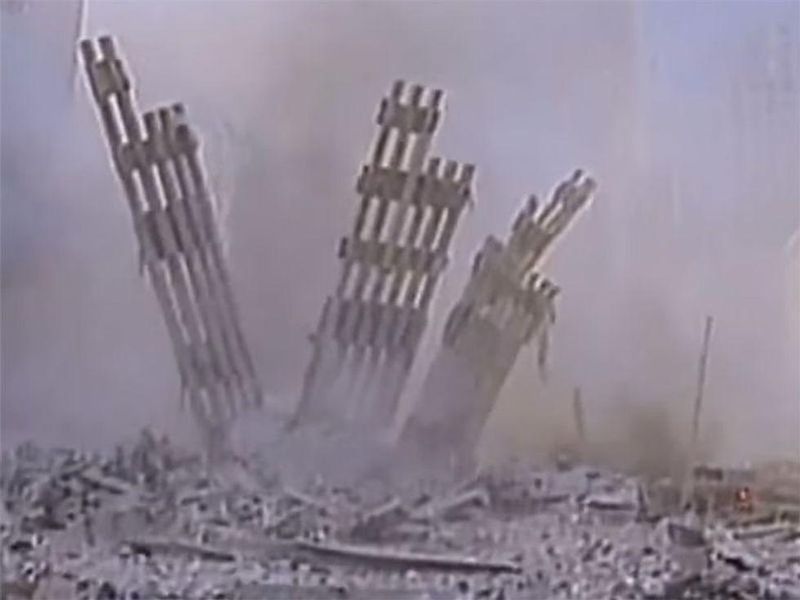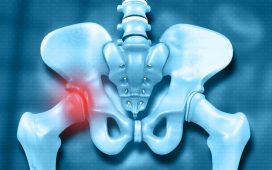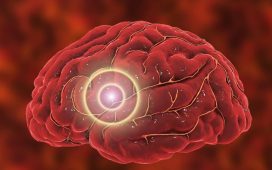Earlier arrival time at World Trade Center associated with decreased liver attenuation on computed tomography
MONDAY, Aug. 16, 2021 (HealthDay News) — Early arrival at the site after the attack on Sept. 11, 2001, is associated with an increased risk for hepatic steatosis among World Trade Center (WTC) responders, according to a study published online July 30 in the American Journal of Industrial Medicine.
Artit Jirapatnakul, Ph.D., from the Icahn School of Medicine at Mount Sinai in New York City, and colleagues examined the relationship between the intensity of WTC dust exposure and the risk for hepatic steatosis in the WTC General Responders Cohort (1,788 WTC responders).
The researchers found that 14.4 percent of responders had liver attenuation <40 Hounsfield units (HU < 40) on their earliest computed tomography (median time from Sept. 11, 2001, to first CT was 11.3 years). The prevalence of liver attenuation <40 HU was greater for earlier responders: 17 percent for arrivals on Sept. 11, 2001; 16 percent for arrivals on Sept. 12 or Sept. 13, 2001; 10.9 percent for arrivals on Sept. 14 to 30, 2001; and 9 percent for arrivals on Jan. 10, 2002, or after. Earlier arrival times were associated with an increased risk for hepatic steatosis.
“Our study showed that continued monitoring for liver disease is warranted in World Trade Center responders — such as law enforcement, fire, and recovery workers in any field at the site — particularly those who arrived at or shortly after the attacks and had a higher exposure to the toxic dust,” a study author said in a statement.
Two authors disclosed being a named inventor on patents related to computed tomography imaging.
Copyright © 2021 HealthDay. All rights reserved.








